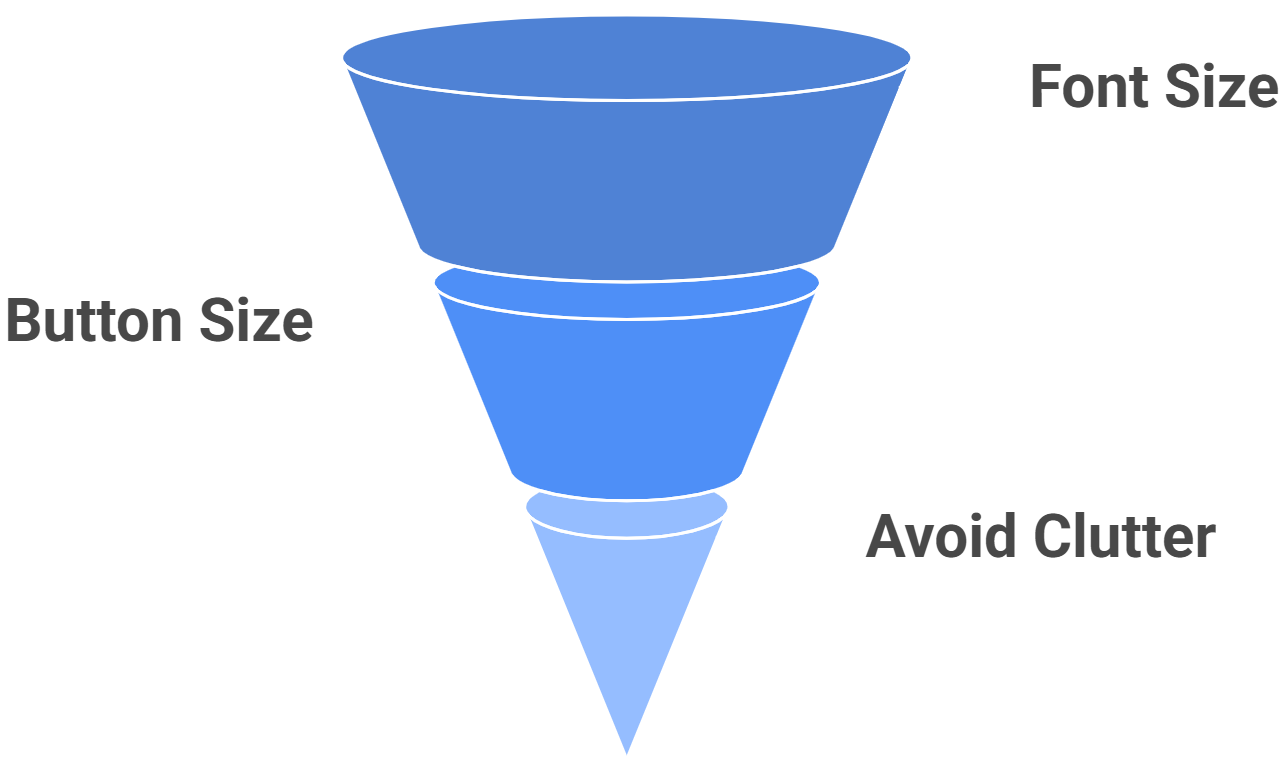Mobile users dominate today’s e-commerce. Mobile devices now contain more than 70 percent of all online purchasing traffic, and the percentage is continually growing. This indicates that the simplicity of use and enjoyment of your mobile user experience (UX) are critical factors in the success of your Shopify store.
In addition to attracting visitors, a good mobile user experience keeps them engaged, motivates them to make a purchase, and makes them want to return. Put another way, you’re losing out on sales if your store isn’t responsive to mobile devices.
Let’s first look at why mobile user experience is so important for your Shopify store before moving on to the seven easy tips.
Why Mobile UX Matters for Shopify Stores

Having a website that “fits” smaller displays is only one aspect of mobile user experience. Making buying simple for clients who are constantly on the go is the goal.
- Bounce rate and engagement: A clunky design or slow-loading page can send shoppers away within seconds. On the other hand, a clean, fast, and easy-to-navigate store keeps them browsing longer.
- Google rankings and SEO: Google prioritizes mobile-friendly sites. Better UX improves not only customer experience but also your visibility in search results.
Here are seven simple tips you can apply today to improve mobile UX on your Shopify store.
Choose a Mobile-Responsive Shopify Theme
The mobile experience of your store is built on your theme. A responsive theme ensures constant quality across desktop, tablet, and mobile devices and adjusts seamlessly to various screen sizes.
- What to look for: Clean layouts, fast load times, and compatibility with Shopify’s latest features.
- Recommended themes: Popular mobile-optimized themes include Debut, Dawn, and Turbo.
- Test it yourself: Open your store on multiple devices and check whether the layout, images, and text adapt naturally.
Optimize Page Load Speed
Customers on mobile devices are impatient. They are likely to quit your store if it takes more than three seconds to load. Better conversions and happier customers are the results of a faster store.
- Compress images: Use Shopify apps or tools like TinyPNG to reduce file sizes without losing quality.
- Lazy loading: Ensure images load only when users scroll to them.
- Minimize apps and scripts: Too many third-party apps can slow your store down. Keep only what’s necessary.
- Hosting/CDNs: Use Shopify’s built-in CDN, which is already optimized for speed.
Simplify Navigation for Mobile
Good navigation is invisible, making it easy for customers to find what they’re looking for. Navigation on small screens must be straightforward to use. If customers are unable to locate what they are seeking promptly, they will leave.
- Sticky headers: Keep menus visible as users scroll.
- Mobile-friendly menus: Use drop-down or hamburger menus that are easy to tap.
- Fewer clicks to checkout: Reduce the number of steps it takes to make a purchase.
- Intuitive search: Add smart search with auto-suggestions and product filters.
Enhance Mobile Checkout Experience
A sale can be made or broken during the checkout process. Making it quick, easy, and safe will increase the number of purchases that are completed. An unpleasant checkout process can cause a customer to abandon their cart even if they have added products to it.
- Enable guest checkout: Don’t force customers to create an account.
- Offer mobile wallets: Options like Shop Pay, Apple Pay, and Google Pay speed up the process.
- Simplify forms: Use fewer fields and auto-fill features.
Use Mobile-Friendly Fonts and Buttons

Hard-to-tap buttons and tiny text are terrible for mobile user experience. Browsing is made easier with an eye and finger-friendly design. It should never be necessary for customers to pinch or zoom to read or click.
- Font size: Ensure text is large enough for small screens.
- High contrast: Black text on a white background is simple but highly effective.
- Button size: Buttons should be big enough for thumbs, with enough spacing between them.
- Avoid clutter: Keep layouts clean and focused on what matters most, products and calls-to-action.
Test and Continuously Improve
Regular updates ensure your store evolves with your customers’ needs. Mobile UX isn’t “set it and forget it.” Shopper behavior changes, and so should your store.
- Testing tools: Use Google Mobile-Friendly Test, Hotjar, and Shopify Analytics to spot issues.
- A/B testing: Experiment with different layouts, button colors, or checkout processes to see what works best.
- Collect feedback: Ask your customers directly about their mobile shopping experience.
Keep Content Light and Visual
Clear, engaging content keeps mobile users hooked and reduces bounce rates. Mobile users prefer content that’s quick to scan and visually engaging.
- Use short paragraphs and bullet points to make content digestible.
- High-quality product images and videos grab attention and help customers make confident buying decisions.
- Highlight key information like prices, discounts, and shipping details upfront.
Wrapping Up
Improving your Shopify store’s mobile UX doesn’t require massive changes. By focusing on responsive design, fast loading, easy navigation, smooth checkout, mobile-friendly design elements, regular testing, and clear content, you create a shopping experience that keeps customers coming back.
The benefits are clear: higher engagement, stronger SEO rankings, increased sales, and loyal customers.
Remember, mobile UX is an ongoing process. Keep testing, refining, and improving. And if you need expert help, consult WillShall for Shopify UX development to take your store to the next level.

I bring a wealth of knowledge and experience to WillShall Consulting with two decades of expertise in Website Design, Development, and Digital Marketing, My journey has been marked by a passion for creating innovative web solutions that not only meet but exceed client expectations. As an avid analyst, I dedicate myself to understanding each customer’s unique needs, ensuring that our web solutions are not just functional but exceptional.





 Call Us
Call Us Email Us
Email Us Video Call
Video Call




